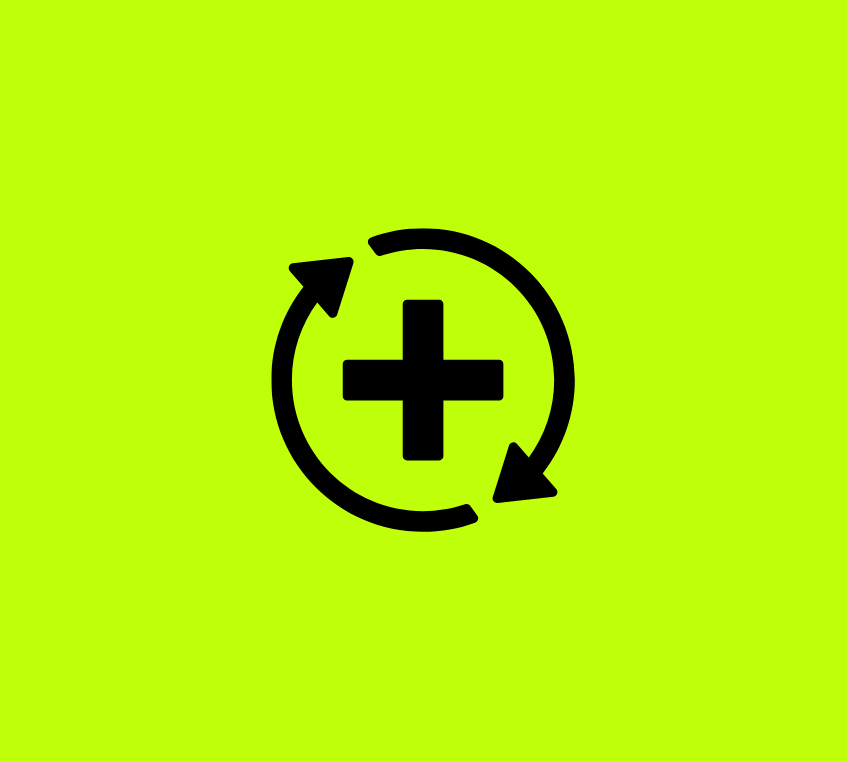Understanding the user journey is crucial for creating exceptional user experiences.
Mapping a user journey allows product managers and UX designers to gain valuable insights into user behavior, identify pain points, and discover opportunities for improvement.
In this article, we will walk you through the process of mapping a user journey, step by step.
Why You Need To Map The Journey Of Users
Before we dive into the details, let's understand the importance of user journey mapping in product development. A user journey encompasses the complete experience a user has with a product or service, from their initial interaction to their ultimate goal.
By mapping this journey, we can gain a deeper understanding of user needs, pain points, and motivations, enabling us to design products that truly resonate with our target audience.
Tools and Resources
To facilitate user journey mapping, we recommend using one of the many templates available. You don't need to start from scratch and re-invent the wheel. Having something will save you a lot of time. Templates like the ones you can find on Miro or Figma are very good to start with.
However, you'll also see that every template has their peculiarity. Don't get into analysis-paraliysis and spend too much time deciding which one is best for you. Just pick one to start. You can always adjust later on!


1. Define Your User Persona
To accurately map a user journey, it's essential to have a clear understanding of your target audience. Start by defining your user persona—a fictional representation of your ideal user. Consider their demographics, goals, frustrations, and behaviors. This will serve as the foundation for mapping their journey.
.png)
2. Identify Key Touchpoints
Next, identify the key touchpoints where users interact with your product. These touchpoints can include website visits, app usage, customer support interactions, or any other point of engagement. By identifying these touchpoints, you can gain insights into the different stages of the user journey and the specific interactions that occur along the way.
.png)
3. Conduct User Research
User research is a crucial step in understanding user behavior and needs. Utilize various research methods such as surveys, interviews, and usability testing to gather qualitative and quantitative data. This research will provide valuable insights into user preferences, pain points, and motivations, informing your user journey mapping process.
4. Create User Journey Map
Now it's time to create the visual representation of the user journey—the user journey map. Start by outlining the different stages of the journey, from the user's initial awareness to their final goal. Within each stage, identify the actions, thoughts, and emotions the user experiences. Use visual elements such as timelines, flowcharts, or diagrams to create a clear and comprehensive user journey map.
5. Analyze Pain Points and Opportunities
With your user journey map in hand, analyze the identified pain points and opportunities for improvement. Look for moments of friction or frustration in the user journey and brainstorm potential solutions to address these pain points. Similarly, identify areas where you can enhance the user experience and create opportunities for delight.
.png)
6. Validate and Iterate
Once you have your initial user journey map, it's crucial to validate its accuracy and effectiveness. Conduct user testing sessions to gather feedback and insights from real users. Incorporate their feedback into your user journey map and iterate based on the findings. This iterative process ensures that your user journey map accurately reflects the user's actual experience.
Conclusion
Mapping a user journey is an essential step in creating exceptional user experiences. By understanding user behavior, pain points, and motivations, you can design products that truly resonate with your target audience.
Remember, user journey mapping is not a one-time task—it's an ongoing process that requires continuous evaluation and refinement. Embrace the journey and leverage the insights gained to create remarkable products that exceed user expectations.
.svg)

.png)

.png)



